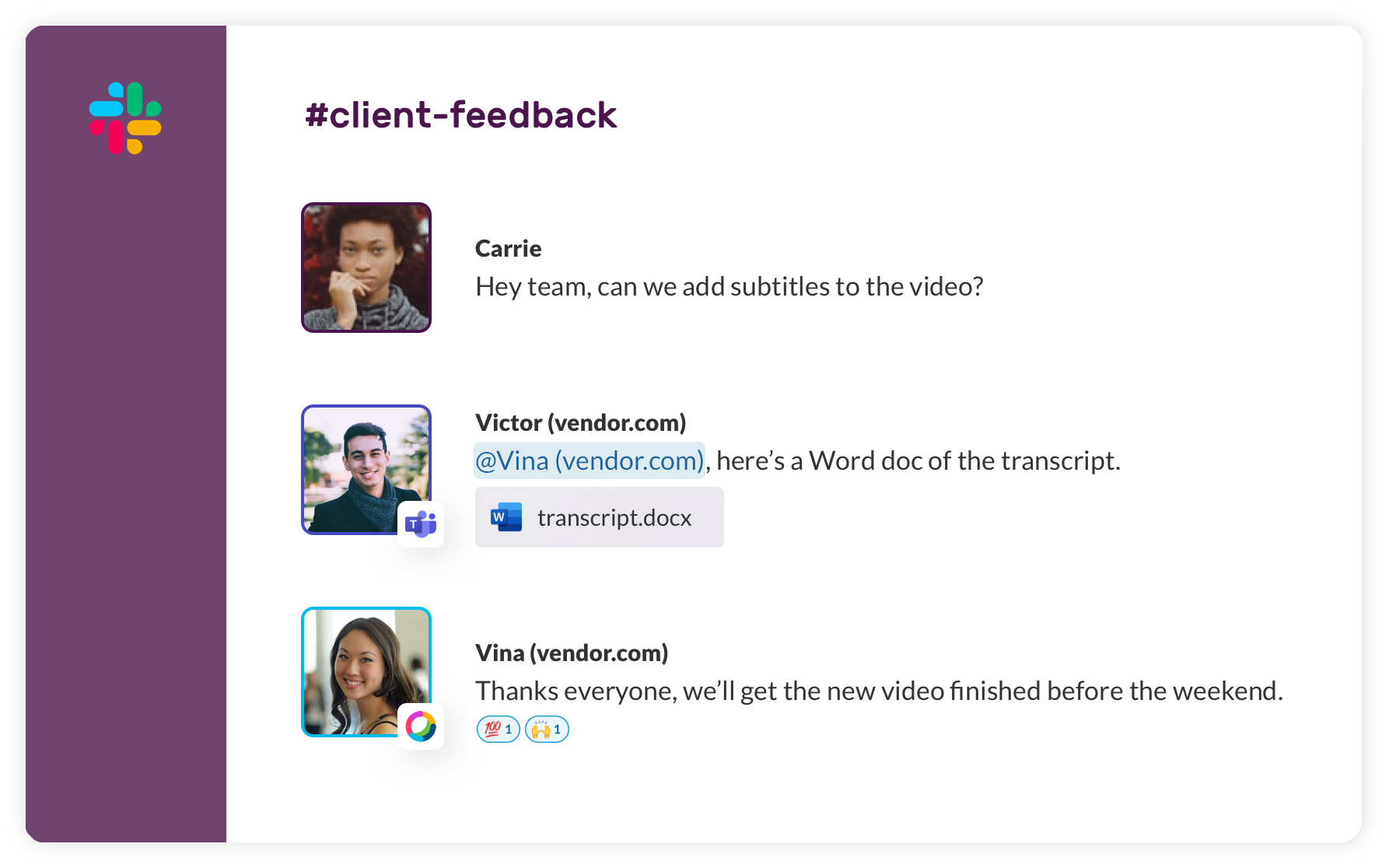

That way, individuals would need to be invited to join So, what’s a better way to limit access? One solution would be to make all the channels in your workspace private.
Slack multiple workspaces same email full#
By inviting them as a guest, you prevent them from enjoying the full benefits of collaborating in Slack that members of the Stanford community are entitled to. They’ll also be unable to request a Slack workspace for themselves. In Stanford Slack, you can only have one “role.” If a person is invited to one workspace as a guest member, they’ll be unable to join another workspace in any role other than as a guest. No one with a SUNet ID should be invited to join a Stanford Slack workspace in the role of single- or multi-channel guest. I’d like to invite several Stanford colleagues to join my workspace, but want to limit their access to specific channels. With this approach, you’ll need to manually add members of your workspace to the new private channel. That way, only the person you want to invite will be able to join the channel. To get around this, you can create a private channel to share out to the other workspace. You can also open a ticket to request it be done by a grid administrator.īut here's something to consider: When you share a public channel with another workspace, everyone in that workspace can see it. This is something a workspace administrator or owner who is a member of the channel you want to share can do. Yes, but you’ll need to share the channel you want them to be a member of with their home workspace. Can I add a Stanford colleague who is not a member of my workspace to my channel?

If you are working with numerous individuals who are in Slack but outside of Stanford, Slack Connect may be a better option. No, but the process to invite and manage guest members is manual, so adding many people may be time-consuming. Is there a limit to how many guest members can be added to a channel? And multi-channel guests are unable to navigate between workspaces or channels they have not been specifically invited to. However, guests can only collaborate with members they share channels with. Guest members can use many of the same features as full members for the channels they have access to. Do guests have the same privileges as full members?įor the most part, yes. Guest members sign in to Slack by going to /signin and entering their account username and password. If they already have a Slack account, they’ll be added to the new workspace as a guest member. What happens next? Slack will email your guest an invitation that includes prompts to create an account. If you’re unsure who that is, you can look it up. Guest accounts are added by a workspace owner or an administrator. You’ll determine which channels they can access and for how long. Yes, you can invite them to join as a single- or multi-channel guest. Can I invite someone who doesn’t have a SUNet ID to join my channel? Before you get started, it's helpful to understand that everyone using Slack has a role in their workspace or the grid, as explained in the infographic (right). Here are answers to some of the most frequently asked questions about inviting others into a workspace or channel.

But if the person you want to invite isn’t a member of Slack - or even affiliated with Stanford - the process requires a few additional considerations. You can invite others to join you in any Slack workspace or channel you belong to, usually just by sending an invite. They can only collaborate with the members they share channels with.

Single- and multi-channel guests can join your workspace but have limited access. No one with a SUNetID should be added to a workspace as a guest. Workspace Owner or AdminĮveryone in this group has a SUNet ID and can use all the features in Slack, except those that are limited to owners and admins. They can help manage members and channels, and do other administrative tasks. This is the only role not available to everyone. They are the only ones who can add a workspace to the grid. This group manages the settings, permissions, and policies that affect the entire org. Each role has a different level of permissions. A small group has a role in managing the enterprise grid. Everyone who uses Stanford Slack has a role in their workspace.


 0 kommentar(er)
0 kommentar(er)
